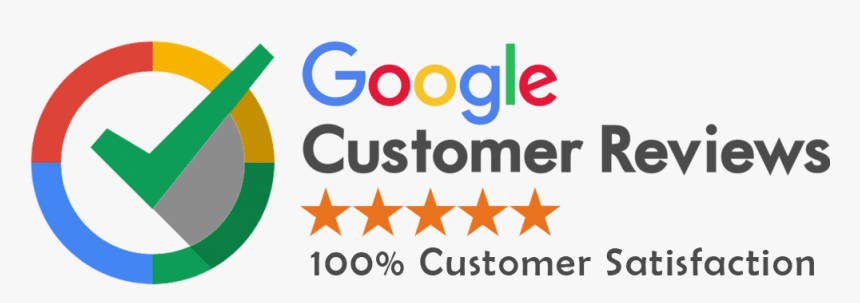10 Key Elements of Using Oriented Website Design. In today’s world, a basic website isn’t enough. It needs to turn visitors into potential customers, and customers into fans. Firstly, the best websites smoothly guide users and encourage them to take action. Web designers and developers are putting in the effort to Website Designs that are useful and get results. To do this, you just have to add a few important things to your website. So, let’s check out the ten key elements that can turn an ordinary website into a powerhouse for converting visitors into customers!

10 Key Elements of Using Oriented Website Design
Here are ten important elements that make a website great at turning visitors into customers. Also, these elements help improve the Website Design online presence and increase the chances of visitors taking action:
Clear and Exciting Value Proposition:
Your website needs to tell visitors what it offers. Also, show how your product or service can make their lives better. It’s like a quick sales pitch in writing. Moreover, a strong value proposition grabs attention and explains why visitors should stick around.
User-Friendly Navigation:
Easy navigation ensures that users can easily find the information they’re looking for. At first, the navigation is like the roadmap of your website. It should be organized logically, with a menu that’s easy for users to understand. Also, complicated or confusing navigation can make users frustrated and leave your site. Keep your menu simple and clear to guide users smoothly.
Creating Websites that Work Well on Phones
More and more people are using mobile phones, so it’s important to make websites that work on them. Responsive design helps your website look good on different devices and screens. It automatically adjusts the layout and content to fit various screen sizes. Moreover, this ensures that people using phones have a good experience, just like those on a computer. Also, this helps to keep people on your site and increases the chances of them doing what you want them to do.
Interesting and Useful Writing
The words on your website are super important. They should be helpful and real. Make sure your content gives answers to what people are looking for. Use things like lists, pictures, and charts to share your message easily. Good content not only keeps people interested but also turns them into customers. It makes your website more trustworthy and better known online.
Add a Simple Button for Action
Put buttons in the right places to guide users to do specific things, like signing up or buying something. These buttons are like hints that show visitors what to do next. Every page on your website should have a clear button. In addition, use words that tell people to do something and make the buttons look different so they catch attention. So, whether it says “Buy Now,” “Subscribe,” or “Contact Us,” the buttons should make it clear what you want visitors to do.
Show Trust Signs and People’s Opinions
Trust signs, such as nice comments from others and security symbols, make your website more believable. It’s important to be trustworthy for people to do what you want. Moreover, these signs tell visitors that what you offer is dependable. Also, showing what others say about you, like posts on social media, can prove that you’re reliable too.
Make Your Website Load Quickly
When a Website Design takes a long time to show up, it can make visitors upset, and they might leave quickly. This is called a high bounce rate. You can make your website faster by doing things like using smaller pictures, making the code smaller, and saving parts of your website to load faster later. Also, a website that loads quickly is better for making people do what you want.
Use Empty Spaces Wisely
Having enough empty spaces on your website makes it easier to read and looks nicer. These empty spaces, also called white spaces, are the areas around things on the page that don’t have anything in them. It’s not just about how it looks; it also makes it easier for people to use your website. So, if the page is too crowded, it can be confusing. Moreover, using empty spaces, the right way helps make your website neat and organized. It also makes the important things stand out, so your website can tell its message better.
Make Your Website Look Nice
A website that looks good grabs people’s attention and makes them feel good about it. However, the first look is really important, and if a website looks nice, it can catch the eye of visitors. Use writing that fits your company style, good pictures, and colors that go well together.
Create Pages that Work Well
Some pages on your website are made for special things, like getting people to sign up or buy something. These are called landing pages. Moreover, they should be clear and focused on one thing. So, when you send people to these special pages, it makes it more likely they will do what you want. Moreover, the message is clear and matches what they are looking for.
Conclusion
Making a Website Design that turns visitors into loyal customers can help you a lot. Firstly, you can make more people do what you want on your website by doing a few important things. Also, these include having a clear message, easy-to-use navigation, a good mobile design, interesting content, clear buttons, signs of trust, a fast website, using empty spaces well, a nice-looking design, and pages that work well.
Also, remember, making a website that lots of people like takes time. However, you should check how people use your website, see how many do what you want, and make changes based on what you find. Lastly, in this way, your website will keep getting better at making people do the things you want, and that can help your business a lot!




